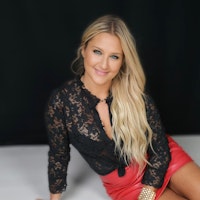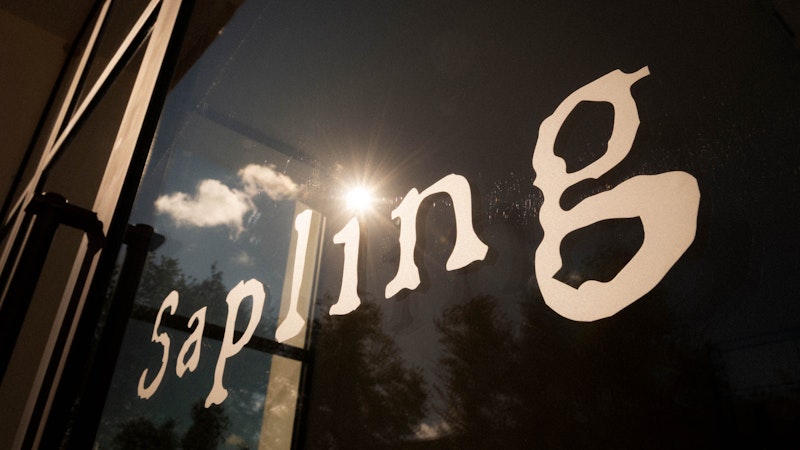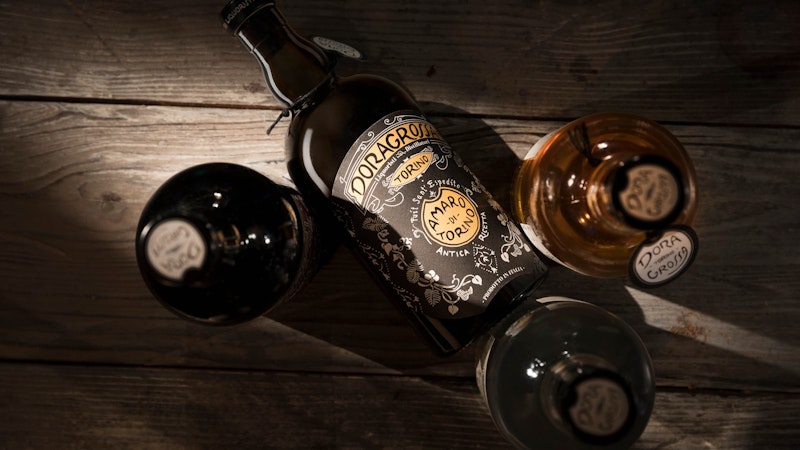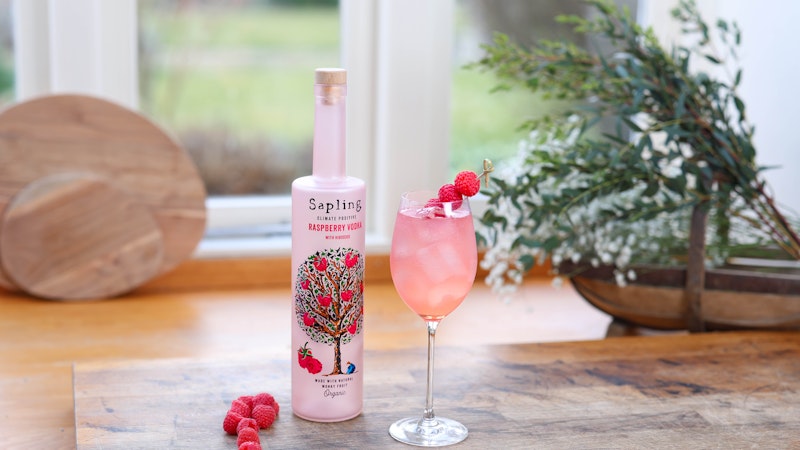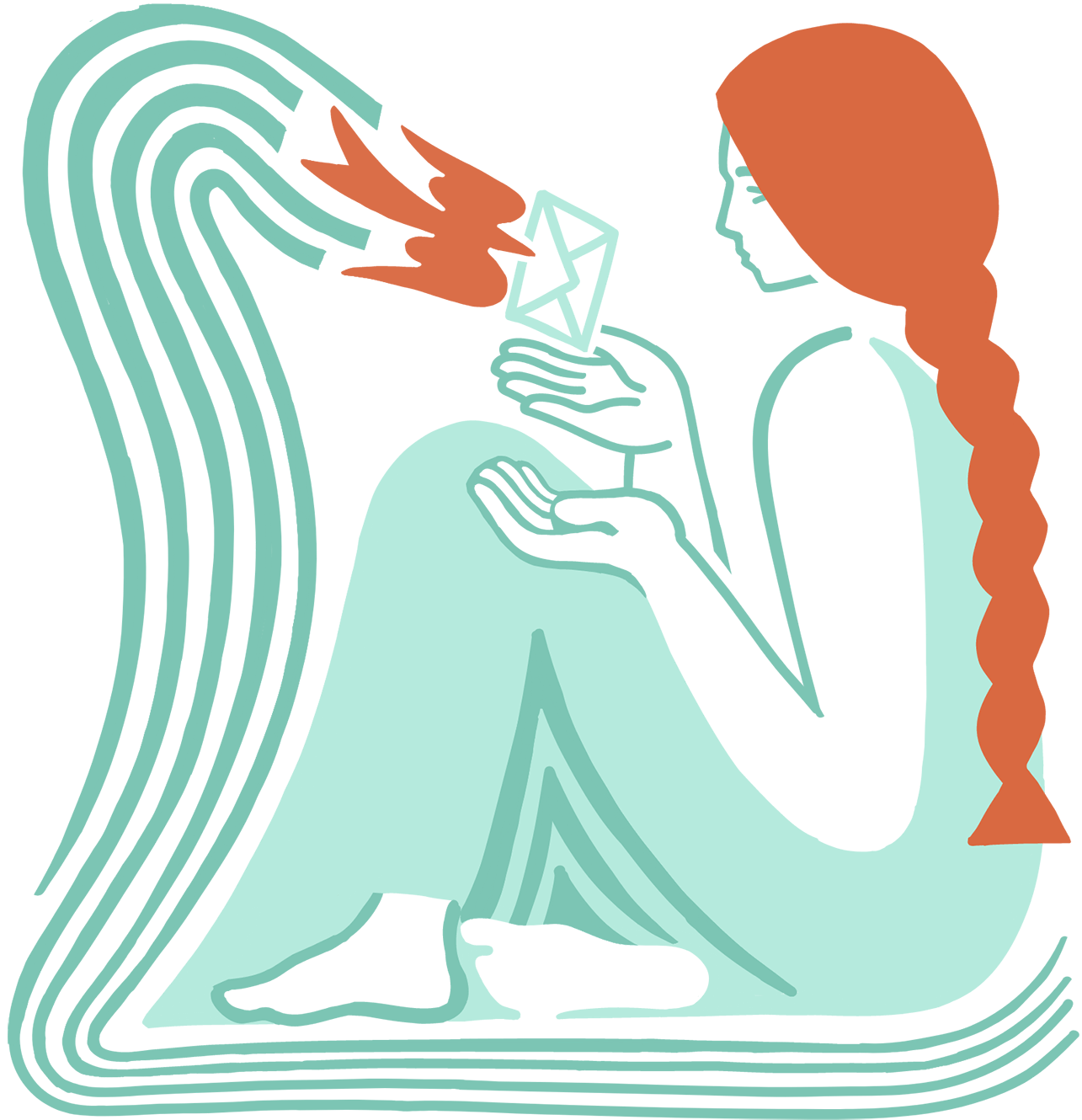It's mocktail time!
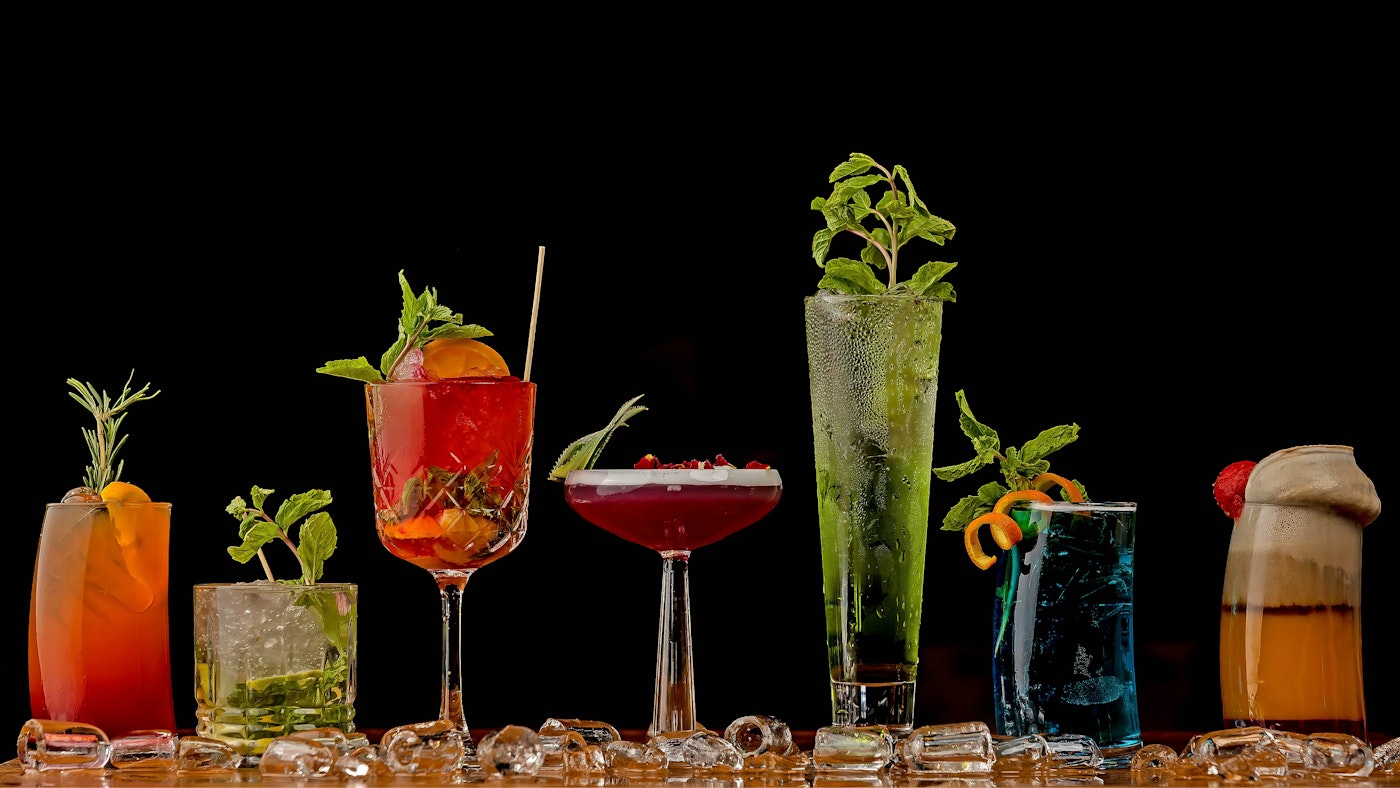
Spirits and wine aficionados may not like it, but one thing is certain: the world of alcohol-free is gaining ground (Dry January, the month without alcohol, has even been established), even in Italy. Not so much on the wine front, as on that of cocktails and therefore of the various spirits used to make them. Gin, bitter, vermouth, tequila, bourbon, rum, bitters, all with zero alcohol content, but able to compete, in terms of complexity and final satisfaction, with their alcoholic cousins. Perfect, therefore, to create mocktails (from mock, fake), virgin drinks that imitate standard ones but are non-alcoholic, such as the Negroni, an alcohol-free Negroni, launched by Seedlip, one of the first companies to invest and impose itself on the non-alcoholic spirits market.
Where once non-alcoholic cocktails were simply fruit juice possibly mixed with some syrups, such as grenadine, today's new non-alcoholic drinks are inspired by the taste of classic cocktails to please the widest possible audience, taking advantage of innovative and increasingly precise dealcoholisation techniques, which allow them to really get close to the aromas and appearance of the original product.
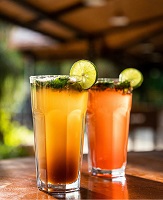
And mocktails, thanks to these new distillates, do not disfigure at all, far from any non-alcoholic cocktail (colourful, sweet and fruit-based, we can bet) you have ever had. Non-alcoholic spirits have made the world of cocktails even more democratic, since today everyone can approach the world of mixed drinks without taking an ounce of alcohol and, above all, being offered drinks with a real parallel dimension of equal dignity. With this family of products it is finally possible to propose the infamous dry non-alcoholic drinks, the etymological root of which has always raised many doubts because until yesterday, where there was no alcohol, non-alcoholic proposals could at best be non-sweet.
It was Simone Caporale who paved the way towards zero-alcohol mixology about 10 years ago. With Alex Kratena in London, he attracted the attention of experts in the field because he had started a research for these proposals that was not only limited to the choice of the most accurate ingredients or composition, but also to the care of important details such as the glassware.
In recent years, the trend has continued to grow, although alcohol-free cocktails need good bartenders to be appreciated. The trend of alcohol reduction is reported by all industry studies and companies continue to work full tilt on it (including beer). Setting the trend is not only those who cannot or do not want to drink, for example because they have to work or drive: according to recent studies, 59% of people start an evening by ordering something non-alcoholic. Among the recipients of the alcohol-free revolution are also mothers-to-be or new mothers, who can thus have an experience on a par with a traditional cocktail. More generally, experts believe that beverage consumption for those who want to stay sober is currently growing two to three times faster than total alcohol consumption, and even the prestigious survey company Nielsen reports that in 2021, non-alcoholic beverage sales have seen a 33% growth, driven by the younger generation's interest in this type of beverage rather than alcohol. Data for December 2022, from a new report by IWSR Drinks Market Analysis, shows that last year the no- and low-alcohol categories grew by more than 7% in volume in 10 key global markets, to exceed a market value of $11 billion.
These movements have also brought into action a big player like Bacardi, which predicts 400% growth for the ‘low alcohol’ segment by 2024, which is expected to be worth $500 million. Thus Tanquerai, one of the world's most famous London Dry Gin, two years ago launched its Tanqueray 0.0, made with the same botanicals as the traditional version.
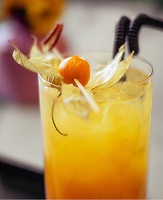
There is no shortage of examples in Italy either. Products that can be used either to create completely non-alcoholic drinks, or to lower the alcohol level of recipes in which other super-alcohols are included. And even clubs are adapting, or even making it their workhorse. If in Italy a few - but well-made - non-alcoholic cocktails are now starting to show up on drink lists, in the rest of the world alcohol-free bars, called dry bars, temperance bars or sober bars, are starting to become popular, i.e. bars where no alcohol is served (until the 1980s this type of establishment in Italy was called ‘white bars’): Among the best known are the 0% Non-Alcohol Experience in Tokyo, the Getaway in New York, the Redemption in London and The Virgin Mary Bar in Dublin, where it is possible to order cocktails made with non-alcoholic white wine, sake and cranberries (a speciality of the sober bar in the Japanese capital), or Mockaritas (watermelon juice and non-alcoholic tequila to imitate argaritas) or the Virgin Mary, a spicy, non-alcoholic alternative to the famous Bloody Mary.
Why create a mocktail list for your venue?
You had not yet considered making an alcohol-free cocktail list, but after this article you are thinking about it? There are certainly many good reasons to do so.
In addition to being in line with the latest trends, a mocktail list increases the proposal and, as a consequence, also increases the likelihood of satisfying your customers. More and more people, for different reasons, choose not to consume alcohol: offering them the chance to enjoy a good drink anyway, without having to resort to the classic soda, allows them to better enjoy an evening out (and you know, you always go back to where you had a good time). In other words, loyalty.
Secondly, you can increase your takings: a mocktail usually costs the same as an alcoholic cocktail, much more so than a common drink - be it a cola, a juice or a tea - which those who do not want to consume alcohol would choose in the absence of alternatives. Not only that. Let's imagine a common situation in an evening bar: in a table it is easy to find at least one person who for various reasons will not drink alcohol, at least not in the same quantity as their companions, probably having to drive them home. If the bar has a mocktail list, you will incentivise the person to opt for a drink rather than a classic soda, and if the evening is long, and friends will continue to drink, do you want to bet that our alcohol-free customer will also decide to order a second and maybe a third round?

